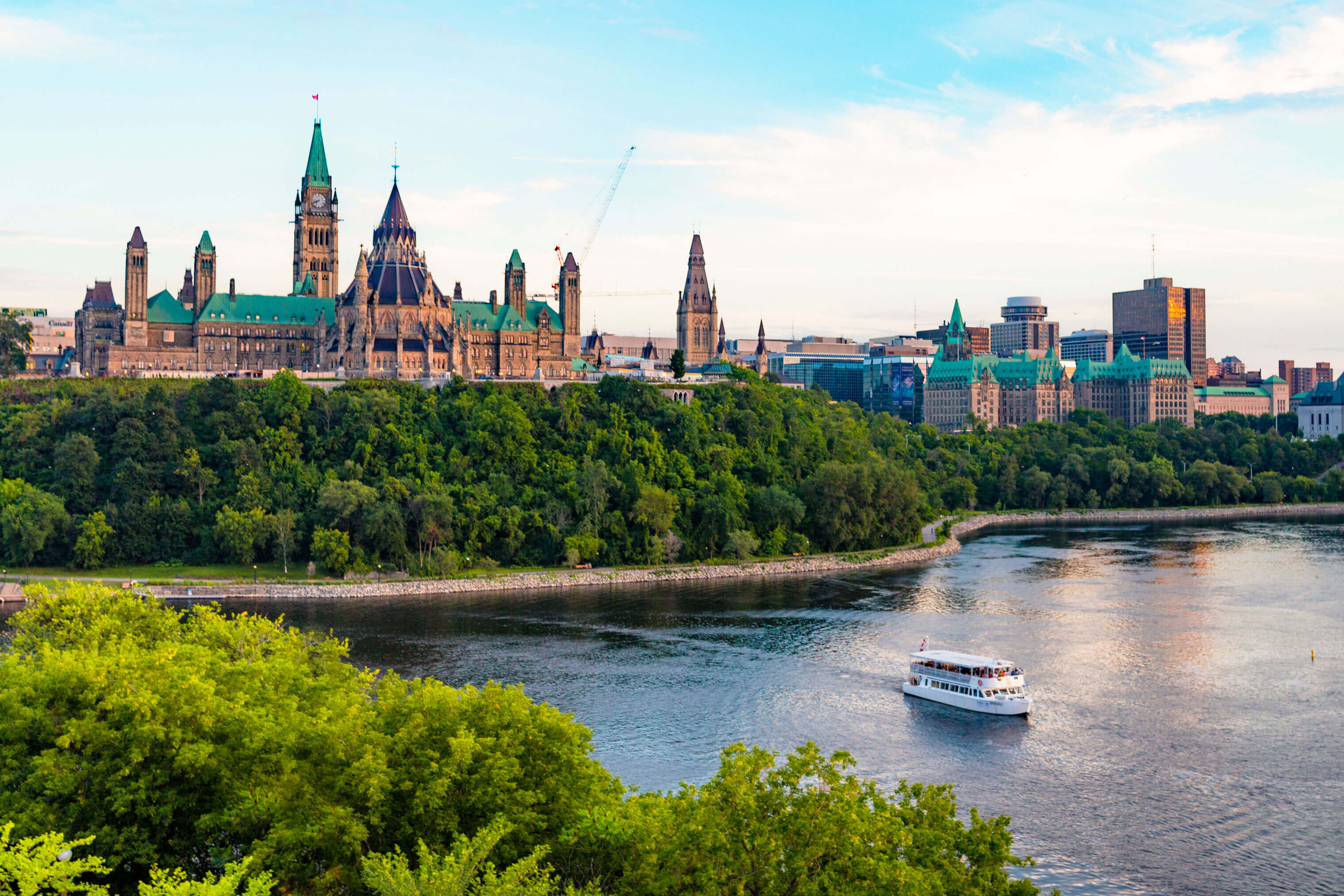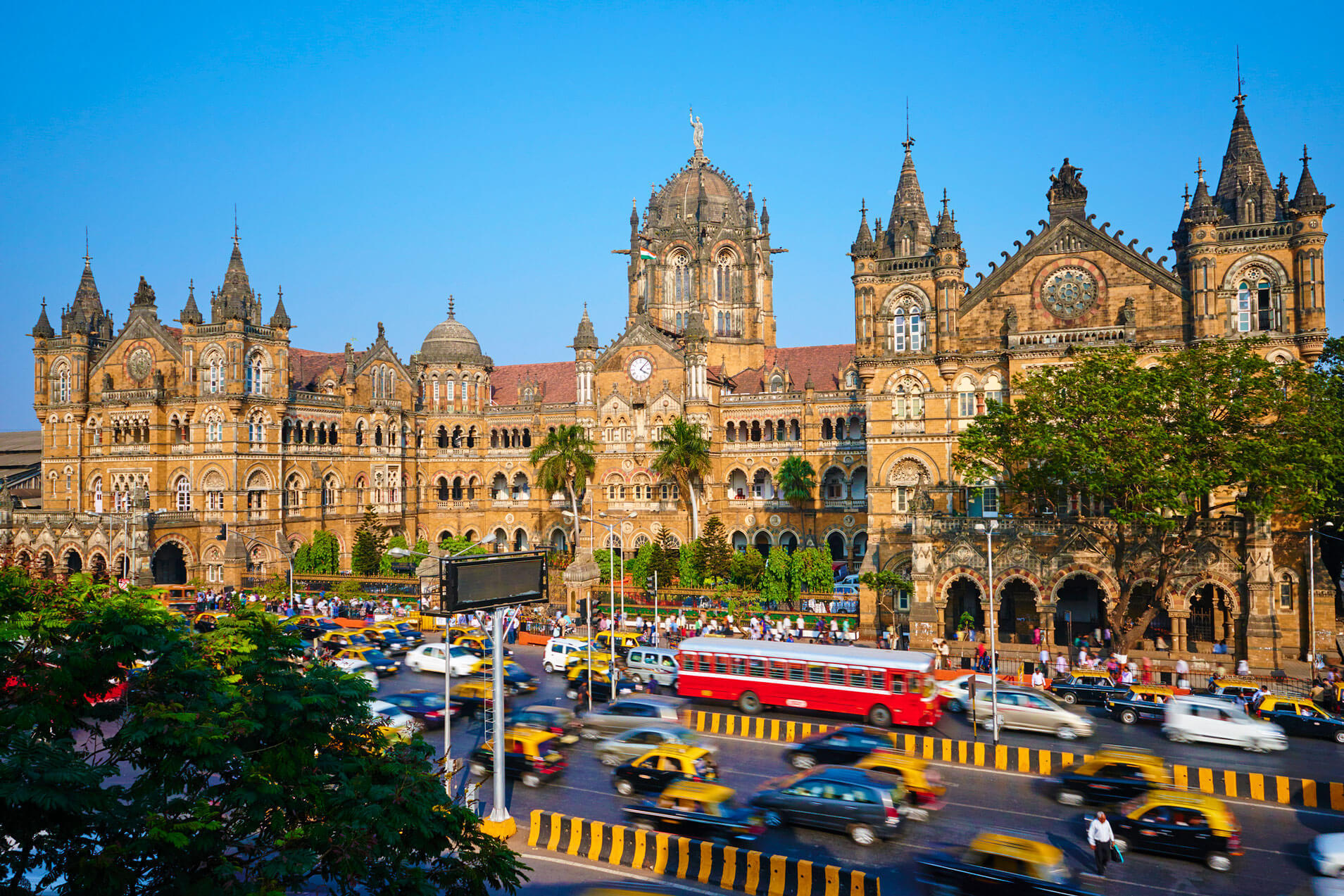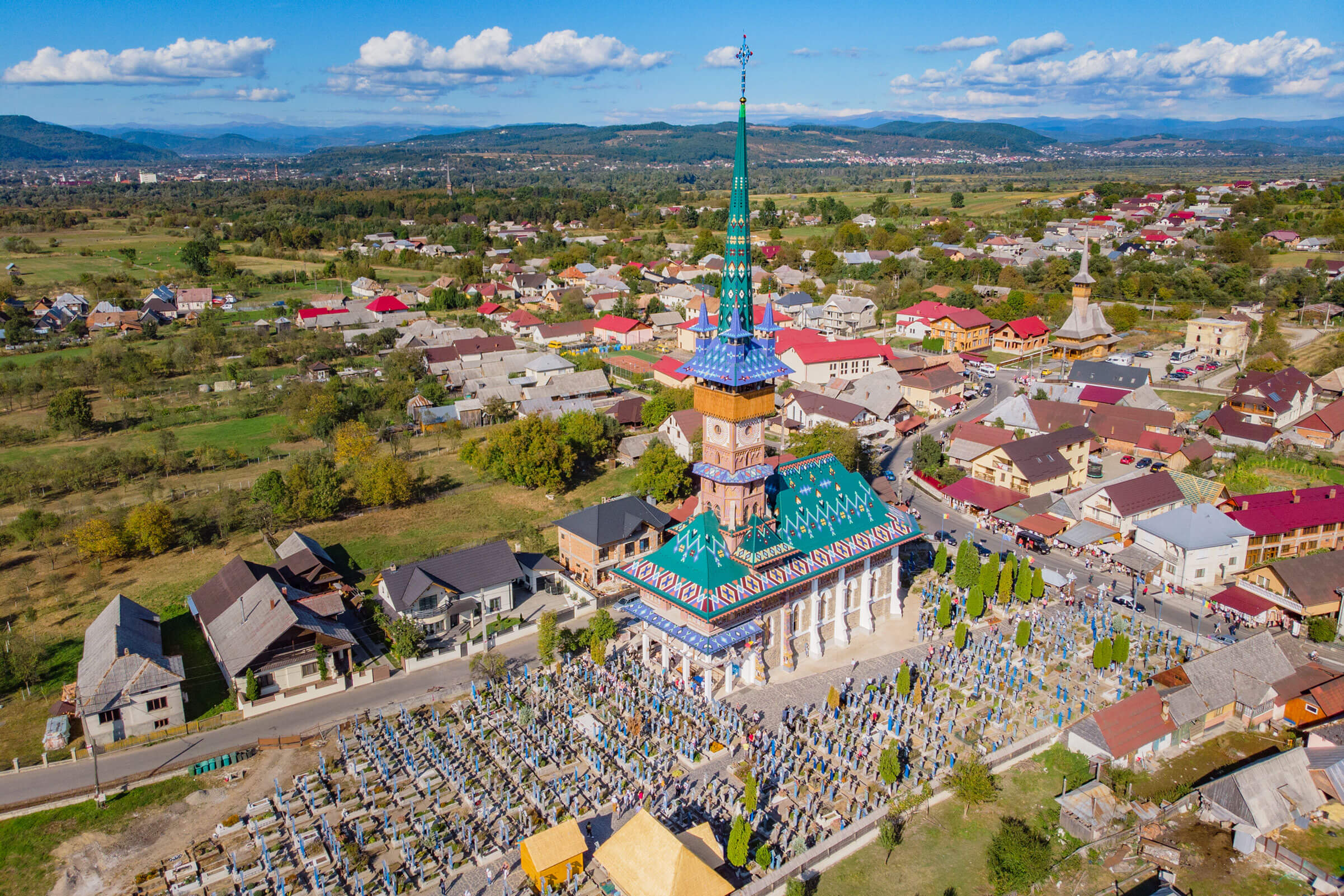1/1 Oops. Incorrect.
0%
0pts Earned
0/1correct
20/20
Outside the poles, the Himalayas have the world’s largest what?
Outside of the North and South Poles, the Himalayas are home to the world’s largest glacier. The Himalayan Siachen glacier measures 48 miles long. The Himalayas are also home to the largest single deposit of ice and snow in the world besides the poles.
Source: PBSGlacier
83%
Cave
11%
Walrus
1%
Helipad
5%
19/20
Which type of cheese originates in the Himalayas?
Even fans of hard cheeses will find that Nepal’s chhurpi, the world’s hardest cheese, is nothing like the cheese they’re used to — evidenced by its nickname of “Himalayan chewing gum.” To eat it, take a bite and let it sit in your mouth for about five minutes so the cheese can moisten up before chewing. Chhurpi has been a staple for people living in the Himalayas for centuries.
Source: Times of IndiaWinnimere
8%
Pule
14%
Chhurpi
69%
Vacherin
9%
18/20
In a classic Monty Python sketch, what group of people climbs Everest?
The “Monty Python” episode “The All-England Summarize Proust Competition” features a sketch called “Everest Climbed By Hairdressers.” Narrator Michael Palin describes all the hilarious problems faced by a group of hairdressers as they attempted to summit Everest. Characters played by Palin and Eric Idle explain that they used the last of their oxygen to run their hairdryers.
Source: Monty Python FandomMailmen
37%
Hairdressers
30%
Park rangers
14%
Violinists
20%
17/20
The first Sherpa to reach Everest’s summit buried what at the top?
While Edmund Hillary is commonly cited as the first man to reach the top of Mount Everest, he did so alongside a Sherpa named Tenzing Norgay. Norgay said that when he reached the summit, he buried three items: a pencil given to him by his daughter, a toy cat given to him by British explorer John Hunt, and sweets. The sweets were intended to be an offering to Chomolungma, the mother goddess.
Source: Tribune IndiaA book
16%
Sweets
11%
A hat
20%
A time capsule
53%
16/20
Which of these rivers does NOT originate in the Himalayas?
Many of Asia’s most significant rivers originate or terminate in the Himalayas. The Yangtze, Brahmaputra, Ganges, Mekong, Indus, and Yellow rivers all begin there, and their waters supply three Southeast Asia river basins: the Indus Basin, the Yangtze Basin, and the Ganga-Brahmaputra.
Source: Wander ToursKrishna
15%
Ganges
26%
Brahmaputra
17%
Yangtze
41%
15/20
The Olympic flame was first carried to Everest before which city’s games?
In 2008, the Olympic flame reached its highest-ever elevation, at the peak of Mount Everest, as it made its way toward the 2008 Beijing Summer Olympics. A team of 19 climbers — mostly native Tibetans — ascended the north face of Mount Everest, and a Tibetan woman named Cering Wangmo held it aloft at the summit.
Source: NBC NewsSeoul, South Korea
10%
Beijing, China
71%
Athens, Greece
17%
Turin, Italy
3%
14/20
The "2 o’clock rule" applies to what portion of a climber’s Everest trek?
The “2 o’clock rule,” followed by many Everest climbers, is based on the idea that a climber must reach the summit by 2 p.m. if he or she hopes to be able to descend back down the mountain safely. If climbers fail to get back to their camp before dark, they face grave danger of depleted oxygen and wind chills that can dive to negative 100 degrees Fahrenheit.
Source: Harvard Business ReviewReaching the summit
30%
Beginning the climb
13%
Setting up camp
49%
Going to sleep each night
8%
13/20
Sagarmatha, Nepal's name for Everest, means "goddess of" what?
In Nepal, people refer to Mount Everest as Sagarmatha, which roughly translates to “Goddess of the Sky.” Nepali historian Baburam Acharya is credited with first popularizing Sagarmatha as the mountain’s name in 1956. The Tibetan people refer to the world’s highest mountain as Chomolungma, which means “mother goddess of the world."
Source: AlanArnette.comThe rock
11%
The snow
19%
The sky
66%
The winter
4%
12/20
Found in the Himalayas, what creature lives at Earth’s highest elevation?
Surviving at elevations of up to 22,000 feet above sea level, the Himalayan jumping spider is the highest known living creature on Earth. Because of a lack of oxygen and drinkable water, as well as extreme low temperatures, no living creature lives at the peak of Everest. These small spiders do bite, but they are not known to be poisonous to humans.
Source: East Coast DailyTibetan fox
29%
Himalayan jumping spider
27%
Snow leopard
43%
Asian black bear
1%
11/20
Mount Everest is measured in "rock height" and what else?
Traditionally, China has measured Mount Everest using what is called “rock height,” which is slightly lower than the “snow height” figure used by the Nepalese. The difference is exactly how it sounds — “snow height” includes the ice and snow buildup on top of the rock foundation. A person who is standing at the top would only be able to stand atop the snow, thus at “snow height.”
Source: BritannicaDirt height
9%
Cloud height
29%
Snow height
54%
Human height
8%
10/20
The first woman to summit Mount Everest was from what country?
Japanese climber Junko Taibei was not only the first woman to summit Mount Everest but also the first to ascend to the top of the highest mountain on every continent — a group called the Seven Summits. After suffering injuries in an avalanche, Taibei reached the top of Everest in 1975. She completed her Seven Summits feat in 1992.
Source: Adventure JournalUnited States
22%
India
7%
Australia
39%
Japan
31%
9/20
Which superlative describes the Himalayan mountain range?
Not only are the Himalayas the world’s tallest mountain range, with Everest and K2 topping the world ranks, but they are also the world’s youngest known mountain range, estimated to be about 70 million years old. Old mountains have rounded peaks and gentle slopes from a longer period of erosion, but the Himalayas are notable for their sharp peaks.
Source: BritannicaWorld's longest mountain range
24%
World's oldest mountains
23%
World's youngest mountains
22%
World's coldest mountains
31%
8/20
According to scientists, what happens to Everest’s peak each year?
Due to the Indian continental plate shifting underneath Mount Everest, scientists estimate that Everest’s peak rises about 1 millimeter every year. Scientists from China, India, and Tibet have disagreed on how much the mountain has moved over the last century, but in 2020 Nepal and China agreed on the “official” height of Everest at 29,032 feet above sea level.
Source: BBCIt sinks
26%
It grows
47%
It shifts east
20%
It remains the same
7%
7/20
The name "Everest" comes from a person with what title?
In 1865, the Royal Geographical Society of Britain decided to change the official name of the world’s tallest mountain from Peak XV to Everest, after Colonel George Everest. Colonel Everest served as Surveyor General of India from 1830 to 1843. Everest’s successor, Andrew Scott Waugh, led the movement to name the mountain after the British general.
Source: ICS Travel GroupColonel
32%
King
28%
Professor
15%
Priest
25%
6/20
What ethnic group’s name has become synonymous with mountain guides?
Many people confuse the word “sherpa” to mean mountain guide; however, the name refers to the peoples who migrated from Eastern Tibet to Nepal and means “people from the East.” The Sherpa people have lived in high altitude for generations, leading to genetic adaptations that help them thrive while scaling mountains.
Source: CNNSherpa
89%
Kyrgyz
2%
Turkmen
4%
Mongolian
5%
5/20
Which of these countries does NOT contain part of the Himalayas?
The Himalayan mountains can be found in parts of India, Nepal, Bhutan, Pakistan, China, Afghanistan, and Tibet — but not Kazakhstan. The Himalayas stretch across about 1,500 miles, and while they contain the world’s tallest mountains, the range is roughly 2,800 miles shorter than the Andes, Earth’s longest mountain range.
Source: BritannicaChina
19%
Kazakhstan
28%
Pakistan
22%
India
31%
4/20
Expedition Everest is a ride at which Disney World theme park?
Expedition Everest is a roller coaster that debuted at Disney World’s Animal Kingdom in 2006. The attraction takes riders through a replica of Everest that includes an encounter with the mythical Yeti. It is unique among roller coasters at Disney World because it travels forward for part of the ride and then turns backward, with riders experiencing the mountain in reverse.
Source: Disney WorldAnimal Kingdom
13%
EPCOT
49%
Magic Kingdom
31%
Hollywood Studios
7%
3/20
Who joined Tenzing Norgay on the first successful summit of Mount Everest?
Sherpa and Tibetan mountaineer Tenzing Norgay teamed with New Zealand climber and Arctic explorer Sir Edmund Hillary on the first-ever successful summit of the world’s tallest mountain on May 29, 1953. Just two days before, two other climbers attempted the feat but had to turn back before they reached the summit.
Source: BritannicaEdmund Hillary
83%
Reinhold Messner
7%
Jacques Balmat
5%
Nirmal Purja
5%
2/20
After Mount Everest, what is the world’s second-tallest mountain?
Reaching 29,032 feet above sea level, Mount Everest is the tallest mountain on Earth. In second place, at 28,251 feet, is a mountain most commonly called K2 (although it also is known as Qogir Feng, Mount Godwin Austen, Dapsang and Chogori). Also located in the Himalayas, K2 is found within the Uygur Autonomous Region of China and the Gilgit-Baltistan region of Kashmir.
Source: BritannicaK2
70%
Gasherbrum I
2%
Denali
23%
Mount Kenya
6%
1/20
Mount Everest borders Tibet and which country?
Mount Everest — the tallest mountain in the world — is located in the Himalayan range, stretching along the border of Nepal and Tibet, an autonomous region of China. The summit of the mountain is exactly split on the border of both nations. The Nepal peak of the mountain is 12 feet higher than Tibet’s, but Tibet contains about 70% of the mountain.
Source: National GeographicIndia
11%
Kazhakstan
4%
Nepal
83%
Bangladesh
2%
Play Quizzes By Category
Play A Trending Quiz
Trending, related and recent quizzes you may be interested in







